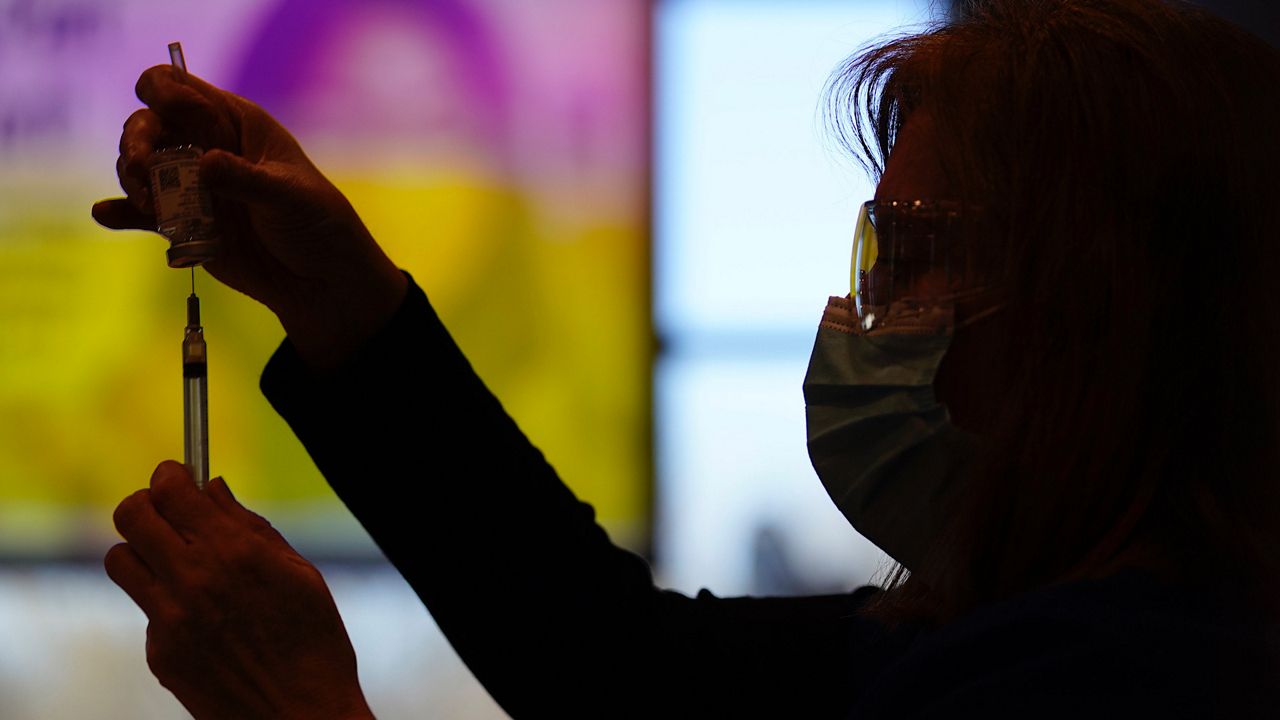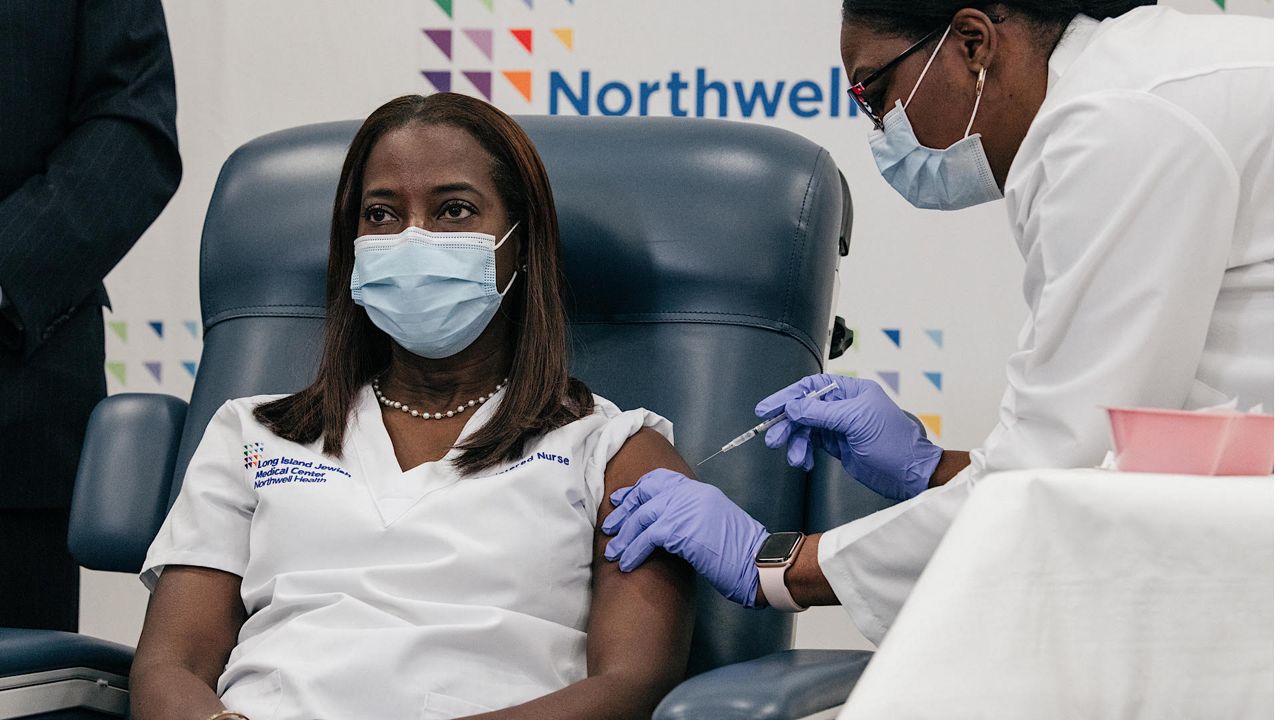ALBANY - All of New York City could soon be swept under an ‘orange zone’ if the rolling coronavirus infection rate in the city, as measured by the state, hits 3%, Gov. Andrew Cuomo said in a briefing on Wednesday.
The state's seven-day average for New York City currently stands at 2.5%.
But in a confusing twist, the city's own metrics show the five boroughs have already hit that 3% threshold, a disappointing milestone that led Mayor Bill de Blasio to announce Wednesday afternoon that schools will close for in-person learning starting Thursday.
Orange zone restrictions would suspend indoor dining, close gyms and some nonessential businesses and impose strict limits on gatherings at houses of worship. Cuomo said schools would also have to remain closed, but that they could reopen after four days if buildings were sanitized and students and staff were tested for the coronavirus.
“Schools can reopen in an orange zone,” said Cuomo. “If New York City hits 3%, makes it an orange zone. And if New York City wanted to reopen the schools, we’d have to design a different formula for New York City because by volume we couldn’t test every student in New York City.”
The governor also announced that some areas in the Bronx and northern Queens that are seeing an increase in coronavirus cases are now considered yellow zones.
Nathan Finnegan, the owner of Albatross in Astoria is in a unique position. Amid the pandemic and all the restrictions, he’s doing his best to keep the bar going.
He’s also got to think about his other business venture, Icon, another bar about a 1.5 miles away.
“It’s been a real struggle,” Finnegan said, “Really, really hard with all the restrictions in place, but I get it. There’s a pandemic going on, rates are rising.”
While Icon narrowly escaped another crack down, by just one block, Albatross did not, and is now in an area deemed a yellow zone by Governor Cuomo.
With a rise in coronavirus cases, the yellow zone in Queens expanded and restaurants and bars in that area are further limited.
"It’s very hard for a small business to keep going if we’re not being taken care of financially by the government,” Finnegan said.
His concerns are nothing new. For weeks, small business owners in Queens have rallied in the hopes of getting legislative support for some sort of relief. Some owners say that, while the expansion of the Queens’ yellow zone may not come with the restrictions of an 'orange' or 'red zone,' that doesn’t mean they don’t hurt.
After weeks of progress in Brooklyn, the borough's 'orange zone' has been changed to a yellow zone, and the current yellow buffer zone will be removed.
Under yellow zone restrictions, houses of worship must operate at a 50% capacity, nonessential businesses can remain open, indoor and outdoor dining can continue, but parties are limited to four people per table. Under the state’s guidelines, schools would normally remain open but with stricter protocols in place. However, this time that’s not the case because the mayor has already decided to halt in-person learning across the city.
The governor, later in an appearance on WAMC, acknowledged that the city's metrics show the city hitting 3%, but didn’t mention whether additional restrictions would kick in.
The governor also expressed concern for the holidays and New Yorkers having “COVID fatigue.”
He used Canada’s rise in cases after their Thanksgiving as an example of what could happen to New York if people don’t follow guidelines he put in place, including limiting indoor gatherings to 10 people.
“Your family sounds safe, doesn’t it? Your homes sound safe, your dining room table at thanksgiving sounds safe," Cuomo said. "‘This is a safe environment, I'll be safe.’ No you won’t be safe, it's an illusion.”
New York's rise in coronavirus cases comes as states across the country are experiencing record numbers of new infection rates, hospitalizations and deaths.







